Rizal Park also known as Luneta is a historical urban park in Manila, Located along Roxas Boulevard, adjacent to the old walled city of Intramuros, is one of the major tourist attractions of Manila.
Situated by the Manila Bay, it is an important site in Philippine history. The execution of national hero Jose Rizal at Luneta on December 30, 1896 fanned the flames of 1896 Philippine Revolution against Spain. The Declaration of Philippine Independence from the United States was held here on
July 4, 1946.
* * * * * * * * * * * * * * * * * * *
Jose Rizal execution at Bagumbayan, ( Luneta / Rizal Park)
on December 30, 1896
Jose Rizal execution at Luneta.
***************************
Execution at Luneta of the member of La Liga Filipina on January 11, 1897
Photos of Bagumbayan / Luneta during the American era
Luneta during the American era.
* * * * * * * * * * * * * * * * * * * * * * * *
Modern Luneta - Rizal Park August 1, 2015
* * * * * * * * * * * * * * * * * * * * * * * * * *
The actual location where the national hero Dr. Jose Rizal was executed by firing squad, was a few meters from the monument, at the northwestern part of Rizal Park.
* * * * * * * * * * * * * * * * * * * * * * * * * *
Views of Rizal Park - 1st August 2011
Looking towards west direction or towards Manila Bay.
* * * * * * * * * * * * * * * * * * * *
Japanese Garden in Rizal Park
* * * * * * * * * * * * * * * * * * * * * * * * * * * * * * * *
* * * * * * * * * * * * * * * * * * * * * * * * * * * * *
11th August 2015
Kalapati House
**************************************
The La Madre Filipina, one of the numerous monuments at Manila’s Rizal Park, depicts the Philippines as a caring mother, patting a pensive girl and consoling a weeping boy.
The white-washed statue, however, has a dark past. Unknown to many, it was a silent witness
to the monthlong Battle of Manila, the Allied liberation of the Japanese-occupied
Philippine capital during World War II.
http://newsinfo.inquirer.net/676452/la-madre-filipina-silent-witness-to-battle-of-manila
.
Philippine Marines soldiers proceeding to Rizal Monument.
Located in the heart of Manila, the Capital City of the Philippines, Manila Kilometer Zero also known as KM 0 stands as a marker for distance reference. It is a marble marker with a KM 0 label across the famous Rizal Monument in Rizal Park or Luneta Park.
Known to many as the Manila Kilometer Zero and not KM 0, this marker serves as the nation’s starting point when measuring the distance going to the different provinces and cities in Luzon Island and the rest of the Philippines.
Most of the roads in the Philippines have a marker that has a label of the distance from their local Kilometer Zero as well as a label of the distance to the next municipality, city or province. For individual cities they often have the Kilometer Zero in the City Capitol or Central Post Office.
http://www.markmaranga.com/kilometer-zero-distance-reference-of-manila/
http://wikimapia.org/11086504/Kilometre-Zero-Marker
*******************************************************************
Quirino Grandstand
EVOLUTION OF THE QUIRINO GRANDSTAND
http://malacanang.gov.ph/75979-evolution-of-the-quirino-grandstand/
* * * * * * * * * * * * * * * * * * * * * * * * * * * * * * * * * * * * * * *
****************************
***************************
***********************************
**********************************
**************************************************
Taft Avenue in the vicinity of Rizal Park, and Torre de Manila
Taft Avenue in the vicinity of Rizal Park, Sta Isabel College,
and Torre de Manila.
* * * * * * * * * * * * * * * * * * * * * * * * * * * * * * * *
Vicinity map of Rizal Park / Luneta
You may use the pictures in this blog under an Attribution License, You are free to use, share and modify the pictures found in this blog. Should you publish or otherwise reproduce for distribution the pictures found here in digital or printed form, you must place a link to this blog or indicate the URL of this blog in your publication.
* * * * * * * * * * * * * * * * * * * * * *
Sightline of Rizal Monument in the Year 2010
Sightline of Rizal Monument in the Year 2012
Sightline of Rizal Monument in the Year 2015
First part of a report on the Torre de Manila. How important is historical memory? How vital is remembrance to a nation’s sense of self-worth? Of all the icons of Jose Rizal in parks throughout the country, his monument in Luneta—sculpted in 1908, named Stella Motto, Guiding Star—is first among equals. Five generations of Filipinos have honored this icon as the symbolic heart of the nation, with ritual visits from all over the country and the world.
To the lasting credit of heritage advocate Carlos Celdran, he was the first to sound alarm bells in June 2012, when the Manila City Council approved real estate giant DMCI’s plan to build the soaring Torre de Manila right behind Stella Motto. Celdran’s online petition demanded a halt to the construction. DMCI started building anyway.
The Manila City Council ordered construction to be suspended in November 2013, but reconsidered in January 2014.
By the time loud public outcry could no longer be ignored, the Torre was several storeys high and growing, looming over the very spot of Rizal’s martyrdom, where his bones now lie.The Manila City Council ordered construction to be suspended in November 2013, but reconsidered in January 2014.
In September 2014, the Knights of Rizal filed a petition at the Supreme Court for the Torre's demolition.
The National Commission on Culture and the Arts (NCCA), which was made an intervenor-respondent in the case, ordered the suspension of the construction in January.
The Supreme Court eventually granted the Knights of Rizal's petition, issuing a temporary restraining order on June 16.
The NHCP
In an editorial, “Unhistorical Commission,” the Inquirer put the blame for the construction squarely on Maria Serena I. Diokno, chair of the National Historical Commission of the Philippines (NHCP).
The Supreme Court eventually granted the Knights of Rizal's petition, issuing a temporary restraining order on June 16.
The NHCP
In an editorial, “Unhistorical Commission,” the Inquirer put the blame for the construction squarely on Maria Serena I. Diokno, chair of the National Historical Commission of the Philippines (NHCP).
Diokno flouted her own agency’s Guidelines on Monuments Honoring National Heroes laid down by the NCCA, the editorial said—strange, since the NHCP is one of this collegial body’s 15 Board members.
In a letter, Diokno had stated that the Torre “is outside the boundaries of Rizal Park and well to the rear of the Rizal National Monument, hence it cannot possibly obstruct the front view of the Rizal monument" giving DMCI a way out.
However, the Guidelines say that the “vista points and visual corridors to monuments” should be “clear for unobstructed viewing.” Furthermore, the monument's setting is “not only limited to the exact area directly occupied by the monument; it extends to the surrounding areas.” To give prominence to the monument, “the immediate areas should be simple and unobstructed.”
Last month came a clownish suggestion from Manila’s 4th district representative, Amado Bagatsing: "turn Rizal around 180 degrees instead of demolishing the Torre " - a suggestion met with snickering radio and online commentary and laughter in his own House committee on Metro Manila development.
Laughter could not hide the gravity of the situation. Records of the sequence of events over the past three years bring to full view the state of competence in Manila City Hall and the NHCP under Diokno, where anti-Torre minions struggle for integrity.
The Manila City Council
A step-by-step review of media reports on how DMCI got its permit is revealing. A year after the permit was issued, Rappler reported that a Manila City Council investigation of City Buildings official Melvin Balagot, who issues permits for all construction projects in Manila, concluded there had been a conspiracy between Balagot and DMCI.
Ordinance 8310

The choice is clear. Demolish or drastically reduce the Torre’s height to finally comply with violated Manila zoning regulations, or allow it to become a permanent monument to Filipinos' bending the rules for the rich and powerful for the world to see.
The overall picture reveals law trying to catch up with shallow historical understanding, tayo-tayo politics and economic giants defying all in rampaging, indiscriminate real estate development. In the process, both intangible values in collective Filipino memory and tangible—now urgent— environmental straits are ignored to everyone’s peril.
See more at:
http://www.gmanetwork.com/news/story/531376/lifestyle/artandculture/about-face-rizal-part-1
Laughter could not hide the gravity of the situation. Records of the sequence of events over the past three years bring to full view the state of competence in Manila City Hall and the NHCP under Diokno, where anti-Torre minions struggle for integrity.
The Manila City Council
A step-by-step review of media reports on how DMCI got its permit is revealing. A year after the permit was issued, Rappler reported that a Manila City Council investigation of City Buildings official Melvin Balagot, who issues permits for all construction projects in Manila, concluded there had been a conspiracy between Balagot and DMCI.
Neither Balagot nor DMCI bothered to show up at the Manila City Council hearings on the Torre. Construction continued, but so did objections in several Council resolutions.
The main objection was DMCI’s violation of a Manila City Ordinance No. 8119 provision that imposes a maximum floor-area ratio within a university cluster reserved for schools and government buildings in the city’s zoning map.
The maximum allowable floor-area ratio is 4; the Torre's floor-area ratio is 7.79. By law, the Torre should also have been allowed only 7 storeys; it was eventually allowed 46 storeys, plus two penthouse levels and a basement level.
House hearing
How construction resumed in January 2014 surfaced in a recounting of the chain of events at the House committee on Metro Manila development hearing in July.
House hearing
How construction resumed in January 2014 surfaced in a recounting of the chain of events at the House committee on Metro Manila development hearing in July.
At the hearing, a picture emerged of zoning regulations overturned by now incumbent Mayor Estrada.
Rappler reported that DMCI had asked Estrada for an exemption from the provisions of Manila’s land use plan and zoning regulations. The City Council ratified these exemptions in a resolution dated January 2014, overturning its own previous record of resistance.
Estrada consented so the city could pursue “development,” Councilor Joel Chua told the House hearing. "Pag pumutok 'yan, wala nang mag-iinvest sa Manila," he recalled, Manila Bulletin reported.
So the City Council "reconsidered their decision" in a resolution authored by Councilor Ernesto Isip, signed by Chua as presiding officer, citing exemptions given by the zoning board.
GMA News noted a telling detail: there was no list of which councilors voted for and against the resolution.
Ordinance 8310
Another heated point surfaced over an earlier council ordinance vetoed by former Mayor Alfredo Lim.
Lim’s veto neutralized Ordinance 8310, authored by Councilor DJ Bagatsing, a sober son of Congressman Amado. This ordinance sought to prohibit structures “marring the line of sight of any historical or cultural site or monument,” which “diminish [their] dominance and dignity or aesthetically desecrate [their] frontal or natural perspective.”
Eloquently absent from the hearing, Estrada took to the media instead, blaming Lim for granting DMCI's permit, and allowing it 49 storeys, from the originally approved 19 floors.
Lim replied that only the foundations of the building were constructed in his term, skipping the exemption City Hall gave to the floor-to-area ratio in its own city zoning. It was in Estrada’s term, he said, that the building shot up to at least 49 floors under the Manila City Council’s January 2014 resolution ratifying the exemption granted by the Manila Zoning Board of Adjustments and Appeal to DMCI.
More revelation at this hearing zeroed in on the NHCP. Councilor Bagatsing told Rappler that NHCP representatives Wilkie Delumen and Crisanto Lustre cited NCCA’s guidelines at the City Council hearing back on June 22, 2012. “Their position was clear,” Bagatsing said. “Torre de Manila violates NHCP guidelines on monuments honoring national heroes.”
Lim’s veto neutralized Ordinance 8310, authored by Councilor DJ Bagatsing, a sober son of Congressman Amado. This ordinance sought to prohibit structures “marring the line of sight of any historical or cultural site or monument,” which “diminish [their] dominance and dignity or aesthetically desecrate [their] frontal or natural perspective.”
Why did Lim veto this ordinance? Because he sat tight on the principle of primacy of the executive over the legislative branch of Manila City Hall instead of trying to persuade the Council to delete one requirement in this ordinance.
That requirement was for contractors to seek City Council clearance for vertical construction of buildings. "Bakit kailangan magmano sa (city council) ang developer bago magtayo? Ano ang motibo?" he asked.
The blame game
That requirement was for contractors to seek City Council clearance for vertical construction of buildings. "Bakit kailangan magmano sa (city council) ang developer bago magtayo? Ano ang motibo?" he asked.
The blame game
Eloquently absent from the hearing, Estrada took to the media instead, blaming Lim for granting DMCI's permit, and allowing it 49 storeys, from the originally approved 19 floors.
Lim replied that only the foundations of the building were constructed in his term, skipping the exemption City Hall gave to the floor-to-area ratio in its own city zoning. It was in Estrada’s term, he said, that the building shot up to at least 49 floors under the Manila City Council’s January 2014 resolution ratifying the exemption granted by the Manila Zoning Board of Adjustments and Appeal to DMCI.
More revelation at this hearing zeroed in on the NHCP. Councilor Bagatsing told Rappler that NHCP representatives Wilkie Delumen and Crisanto Lustre cited NCCA’s guidelines at the City Council hearing back on June 22, 2012. “Their position was clear,” Bagatsing said. “Torre de Manila violates NHCP guidelines on monuments honoring national heroes.”
Barely six months later, to his surprise, the NHCP changed its tune in Serena Diokno’s letter to DMCI consultant Alfredo Andrade on Nov. 6, 2012.
She recommended “a City Hall ordinance designating a buffer zone around Rizal Park, prescribing guidelines building development” against recurrence of “a similar dilemma” in the future. But that buffer zone is already implied by the NCCA Guidelines, so what made Diokno reverse the NHCP's stand?
The resemblance between an official NHCP letter written to a hired consultant and Estrada’s approval of DMCI’s exemption from zoning regulations is striking.

Senator Pia Cayetano at Rizal Park
Councilor Bagatsing sought clarification from NHCP executive director Ludovico Badoy, Rappler reported. Badoy told him outright that he was “for the Torre.” But wouldn’t it obstruct the vista of the Rizal Monument? Bagatsing persisted. “Bakit, sa gilid meron na,” Badoy replied, referring to the residential Eton Baypark Manila on the corner of Roxas Blvd and TM Kalaw Street.
Options
The citizens’ clamor is growing. More than 11,000 have signed Celdran’s petition for demolition by now, citing both “the sanctity of the sightline” and the Torre’s future load on Manila’s traffic from added overflow of vehicles and people, a nightmare that Manila’s traffic management is already unable to cope with.
Options
The citizens’ clamor is growing. More than 11,000 have signed Celdran’s petition for demolition by now, citing both “the sanctity of the sightline” and the Torre’s future load on Manila’s traffic from added overflow of vehicles and people, a nightmare that Manila’s traffic management is already unable to cope with.
The overall picture reveals law trying to catch up with shallow historical understanding, tayo-tayo politics and economic giants defying all in rampaging, indiscriminate real estate development. In the process, both intangible values in collective Filipino memory and tangible—now urgent— environmental straits are ignored to everyone’s peril.
Previous jarring changes in Manila’s most elegant historic landscape, the lone oasis in our traffic-choked capital went nearly unnoticed. To the moaning of heritage advocates, the NHCP also allowed
the demolition of the 104-year-old Army Navy Club and the 76-year old Admiral Hotel on Roxas Boulevard designed by the future National Artist Hernando Ocampo.
the demolition of the 104-year-old Army Navy Club and the 76-year old Admiral Hotel on Roxas Boulevard designed by the future National Artist Hernando Ocampo.
The next installment will examine why, along with more instances of NHCP’s level of competence now spilling over to Fort Santiago, Rizal’s loveliest shrine in Dapitan, and Baguio’s turn-of-the century heritage architecture.
More Filipinos need to wake to the fatalist mediocrity of “Nandiyan na 'yan. Anong magagawa natin?” That would have shamed Jose Rizal over a century since he gave his life for our nation.
KG/BM, GMA News
http://www.gmanetwork.com/news/story/531376/lifestyle/artandculture/about-face-rizal-part-1
* * * * * * * * * * * * * * * * * * * * * * * * * * *
* * * * * * * * * * * * * * * * * * * * * * * * * * * *
SolGen blames Manila govt for ‘illegal’ Torre de Manila project
The construction of the 49-storey Torre de Manila condominium violated heritage laws in relation to the 1987 Constitution for marring the Rizal Monument's visual corridor, according to Solicitor General Florin Hilbay.
In a 10-page position paper, Hilbay said the construction of the controversial tower, which is being contested by the Knights of Rizal, violates Republic Act No. 10066 or the Cultural Heritage Act of 2009, in relation to the Constitution's conservationist and protectionist policies.
Hilbay pinned the blame on the Manila City government, which he said violated "Ordinance No. 8119 for issuing zoning and building permits despite the Torre de Manila's non-compliance with the floor-to-area (FAR) ratio limit."
"The act of the City of Manila in granting exemption to DMCI from the FAR limit constitutes grave abuse of discretion because such exemption leads to the impairment of the physical integrity of the Rizal Monument," he added.
DMCI Homes Inc. is the developer of the condominium project.
Hilbay said the tower also violates the floor-to-area ratio of 4.00 allowed in the height restriction limit, meaning a building in the area should not be as tall as seven storeys. Torre de Manila has a floor-to-area ratio of 7.79.
Hilbay serves as the legal counsel for the National Commission for Culture and the Arts (NCCA), National Historical Commission, and the National Museum, all co-respondents of DMCI.
Responsibility
According to Hilbay, Section 25 of RA 10066 states that the local government has the responsibility to adopt measures to secure the integrity of "immovable cultural properties" like the Rizal Monument, and to regulate any violation of its physical integrity.
He acknowledged that the DMCI appeared to have secured all the needed formal government permits. "[But] whether those permits are defective is a separate matter," he said.
Hilbay said preserving the Rizal Monument's dominance, vista points, vista corridors, sightlines, and setting is among the constitutional mandate to conserve, promote and popularize historical and cultural heritage and resources.
"The Torre de Manila significantly alters the physical integrity of the Rizal Monument. In the case of the Rizal Monument, its physical integrity necessarily includes its sightline," he said."
As a national cultural treasure or cultural property, the Rizal Monument was intended to be, and has always been, seen with a clear sightline. The sightline is as much a part of the Rizal Monument because it is a visual phenomenon," Hilbay added.
Hilbay said that the physics of the Rizal Monument is such that the obelisk, the statue, and its sightline constitute an integrated unit. "Its visual presence which has made it a transcendent cultural artifact is possible precisely because its parts - the obelisk, the statue, and its sightline - are seen as an integrated whole."
Hilbay clears NHCP, NCCA, Nat'l Museum
Meanwhile, Hilbay maintained that the NHCP, the NCCA, and the National Museum had no direct participation in the granting of permits, licenses, certificates, and/or exemptions that paved the way for the construction of the Torre de Manila.
He emphasized that the DMCI did not even include the NHCP, NCC, and NM on the list of government agencies and local government offices that gave clearances, permits, and certificates related to the Torre de Manila.
On the issue of jurisdiction, Hilbay said the Knights of Rizal's immediate resort to the Supreme Court without going through lower courts was "justifiable as an exceptional circumstance that warrants immediate action from this honorable court."
Hilbay claimed any ruling from the SC on the Torre de Manila issue would not have an effect on other shrines and monuments, saying similar issues involving sightline in other monuments would have to be resolved on a case-to-case basis.
Hilbay also insisted that the DMCI is not entitled to just compensation because it is "assumed" that the construction of the Torre de Manila violated heritage laws and the constitution for impairing the monument's physical integrity. —
* * * * * * * * * * * * * * * * * * * *
YouTube Videos of Rizal Park
YouTube Videos of Rizal Park
Legal tussle brews over 'photo bomber' building in Manila
Rizal Park
& Torre de Manila 12th Aug 2015
Rizal Park - 12th Aug 2015
Mayor
Estrada lied to the media, says Alfredo Lim
Blame game
in Torre De Manila continues in House probe
Cruz-Araneta:
Lim allowed 20-storey Torre de Manila
Paano umabot
ng higit 40 floors ang Torre de Manila?
DMCI Homes
Torre de Manila | Condo near Roxas Blvd Manila For Sale
*****************************************************************
Torre De Manila ( DMCI-Homes )
Related postings :
Rule of law not followed in Torre de Manila permit – SC Justice Jardeleza
http://www.rappler.com/nation/102980-torre-de-manila-supreme-court-jardeleza
Torre
de Manila vicinity, a virtual ‘heritage zone’
http://jibraelangel2blog.blogspot.com/2015/08/torre-de-manila-vicinity-virtual.htmlRule of law not followed in Torre de Manila permit – SC Justice Jardeleza
http://www.rappler.com/nation/102980-torre-de-manila-supreme-court-jardeleza
On the Rizal Monument and the Torre de ManilaAbout face, Rizal
(Part 1)
http://www.gmanetwork.com/news/story/531376/lifestyle/artandculture/about-face-rizal-part-1
On the Rizal Monument and the Torre de ManilaAbout Face, Rizal
(Part 2)
http://www.gmanetwork.com/news/story/532200/lifestyle/artandculture/about-face-rizal-part-2
On the Torre de Manila controversyAbout face, Rizal (Part 3)
http://www.gmanetwork.com/news/story/533155/lifestyle/artandculture/about-face-rizal-part-3
Photos of Rizal Park / Luneta and Torre de Manila
http://jibraelangel2blog.blogspot.com/2015/08/photos-of-rizal-park-luneta-and-torre.html
Photo
Journal of Luneta - Rizal Park -
Rizal Park and Roxas Blvd - 28th June 2012
http://jibraelangel2blog.blogspot.com/2012/06/view-of-rizal-park-28th-july-2012-view.html
Photo Journal of Fort Santiago - Intramuros
Intramuros – Puerta Real Gardens and Baluarte de San Diego
http://jibraelangel2blog.blogspot.com/2010/09/intramuros-puerta-real-gardens-and.htm
Noli
Me Tangere – Part 1 (Chapter I to X)
Noli
Me Tangere – Part 2 (Chapter XI to XXI
Noli
Me Tangere – Part 3 (Chapter XXII to XXXII
Noli
Me Tangere – Part 4 ( From Chapter XXXIII to Chapter XLI
El
Filibusterismo – Part 1 – Chapter I to Chaper IX
El
Filibusterismo - Part 2 - Chapter X to Chapter IXX
El
Filibusterismo - Part 3 - Chapter XX to Chapter XXIX
El
Filibusterismo - Part 4 - Chapter XXX to Chapter XXXIX
http://jibraelangel2blog.blogspot.com/2010/03/el-filibusterismo-part-4-chapter-xxx-to.htmlIntramuros - The Walled City of Manila
http://jibraelangel2blog.blogspot.com/2015/02/intramuros-walled-city-of-manila.html





















































































































































































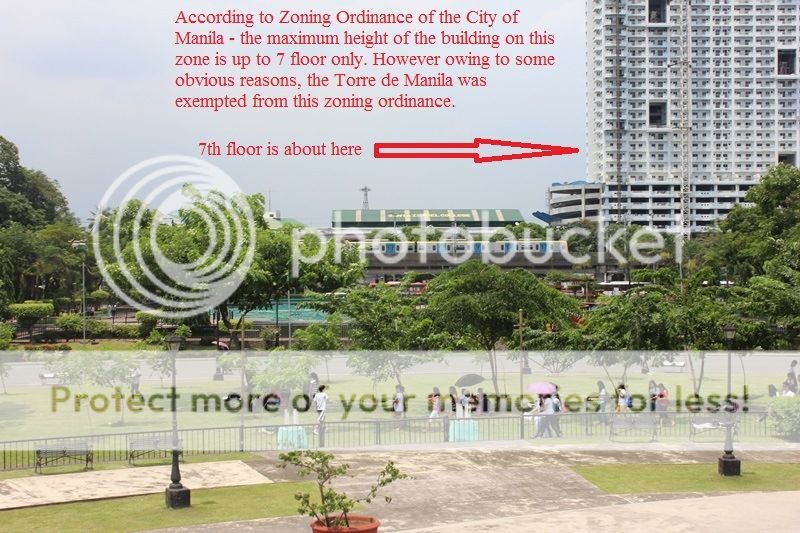






























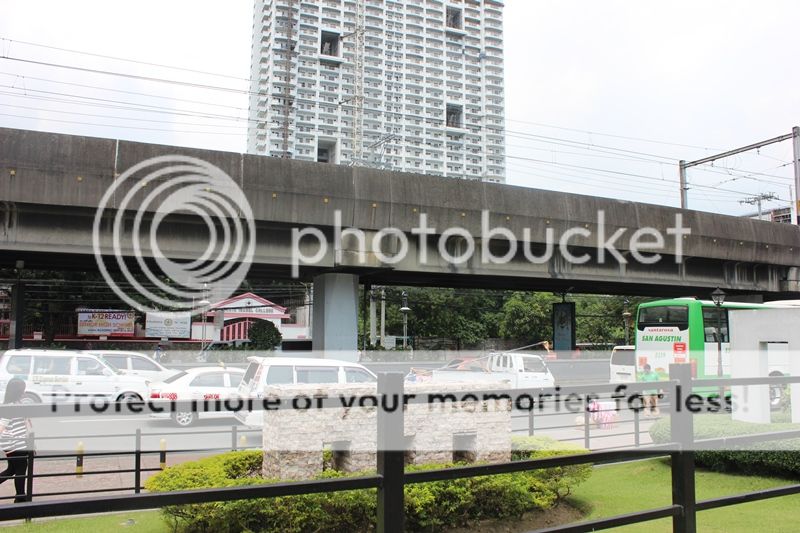







































































































































































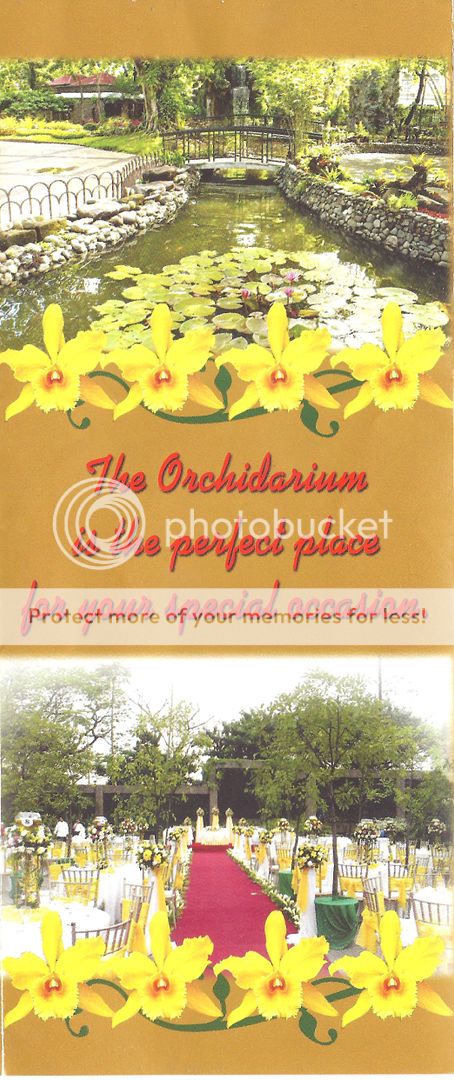

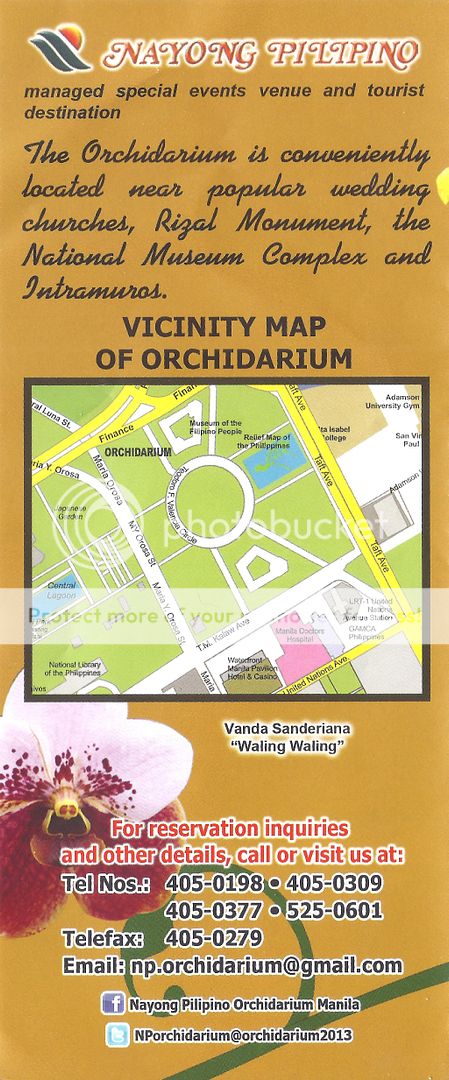

























































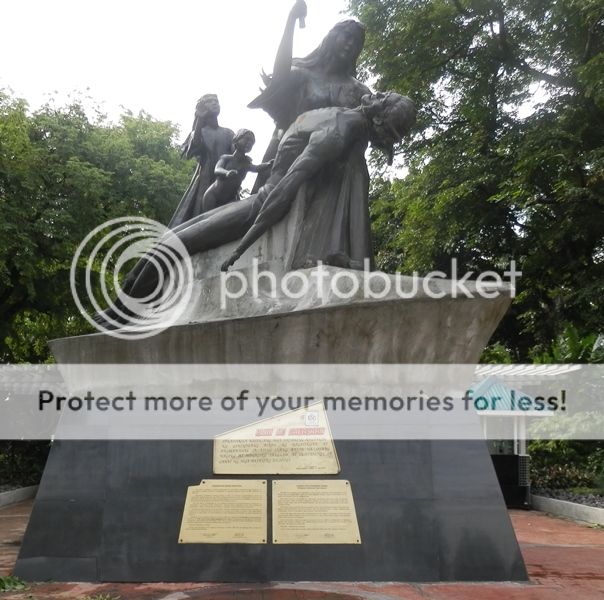




















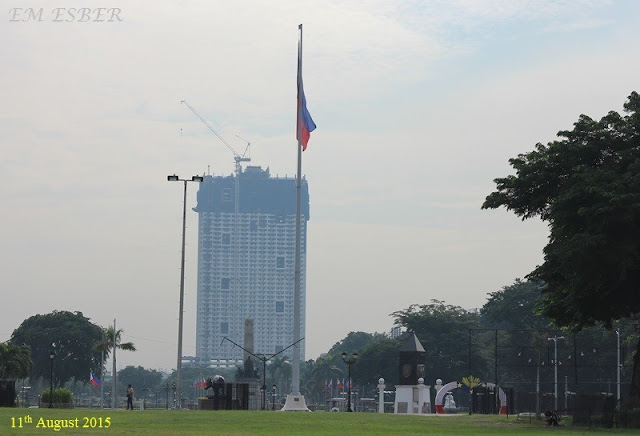














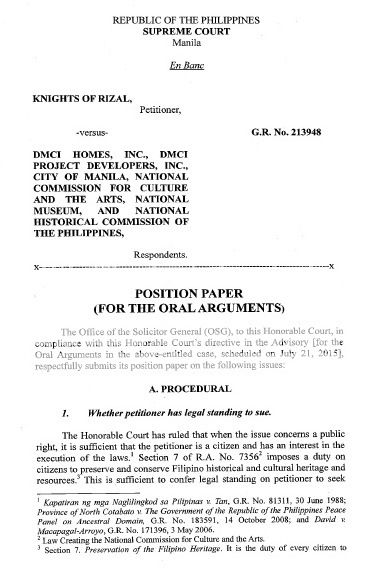


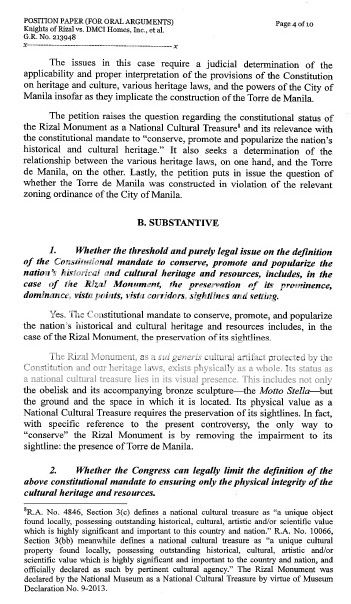
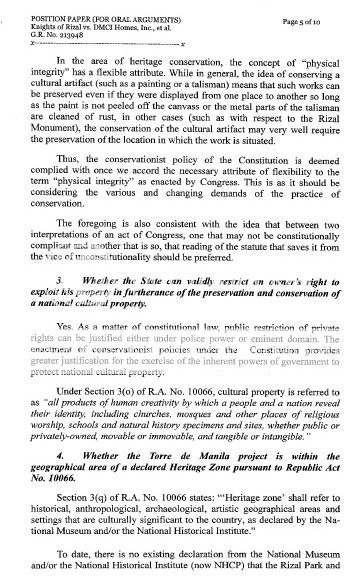




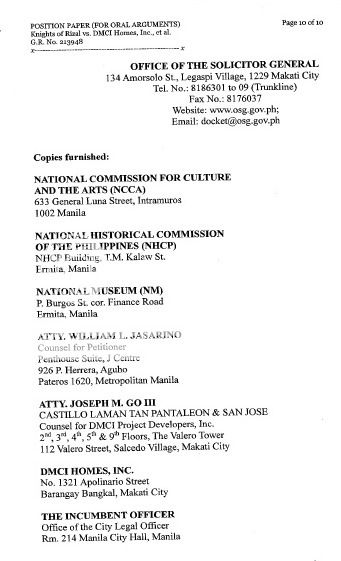
No comments:
Post a Comment